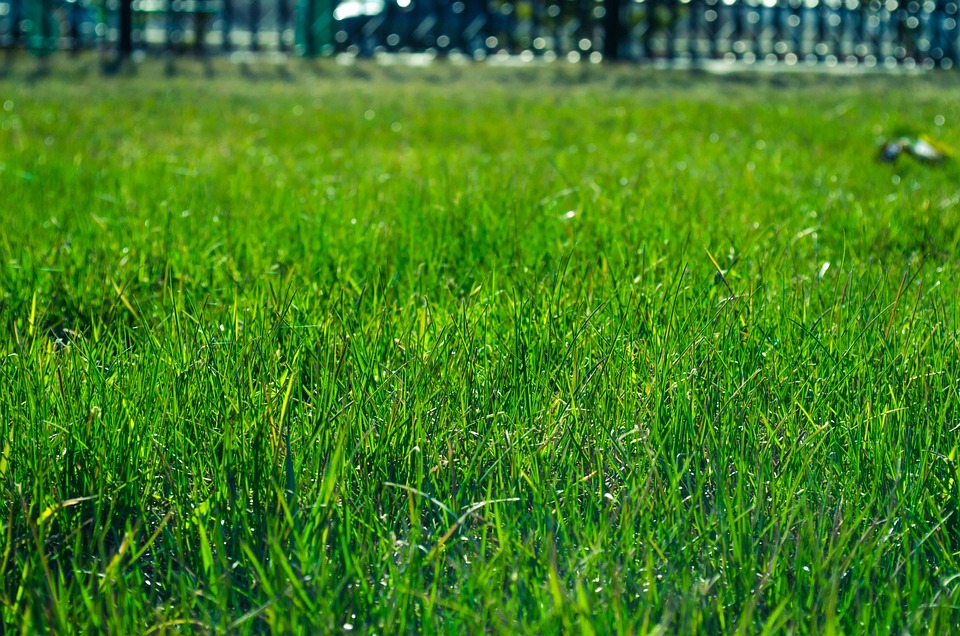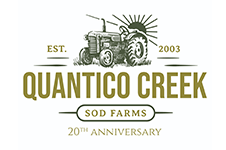
It’s important to know what kind of grass you have so you know what causes it to become dormant.
When caring for your lawn, few things are more alarming than browning. In some cases, this can mean that the grass has died and will need to be replaced. However, in other cases, the grass has gone dormant. It’s important to know what kind of grass you have so you know what causes it to become dormant, and take some important steps to care for your vulnerable lawn during this period.
How to Determine the State of Your Grass
There are two ways to determine if your grass is dormant or dead:
- Do a tug test
- Identify the browning pattern
Tug Test
To perform a tug test, grab a handful of grass and give it a quick and firm tug. If it comes up without any resistance, it’s dead. If there is some resistance, then the grass is simply dormant, and it can be revived.
Browning Pattern
An easy way to determine if your grass is dead or dormant is to look at the browning pattern. If the browning is patchy, this indicates death due to dehydration or disease. When grass is going dormant, it happens uniformly so that the entire lawn will go dormant. If this is the case, the dormant grass can be revived.
How to Care for a Dormant Lawn
If your lawn is going dormant due to a drought season, there are some important things to remember. First, water your lawn deeply at the start of the drought period. This will help the soil retain moisture longer and allow the grass blades to remain alive and regrow. Water minimally during the drought period. If it lasts more than 4 weeks, you will have to water it again to give it a chance to recover.
Be sure to avoid fertilizing and mowing too often. Mow only in the early morning or late evening, ensure the blades are sharp so that the grass isn’t damaged, and never take off more than ⅓ of the height of the grass. Weeds might appear during dormancy, and these will need to be controlled. Pull them by hand or kill them with an herbicide. Do not get herbicide on your dormant grass—it could harm its ability to recover.
What to Do if Your Grass is Dead
If your grass is dead, it will not spring back to life no matter what you do. If there are only patches of dead grass, it’s a good idea to determine the cause of death and work to fix the issue before seeding that area. If a large portion of your lawn has died, consider installing some sod and start over with a fresh new lawn.
Get Your Yard Ready for Winter!
Since our inception from a humble 30-acre field to over 4,500 acres of turf grasses, Quantico Creek Sod Farm is now the LARGEST SOD FARM IN THE TRI-STATE AREA. Our service areas cover Pennsylvania, Maryland, DC Delaware, Virginia and Northern North Carolina. Order early and order often to ensure the best service possible. Contact us through our online page. Please find us at 27616 Little Lane, Salisbury, Maryland 21801. Our phone number is 410-726-6103, and our fax number is 410-742-6550. Speak to Jason Anderson for Turf Grass Sales. Reach him by email at jason@quanticocreeksod.com. Finally, follow us on social media on Facebook, LinkedIn, and our blog!
